Microsoft Azure Stack is a true hybrid cloud computing solution which is an extension of Azure allowing organizations to provide Azure services using their own on-premises data centers. The data centers convert into a Public Cloud that runs Microsoft’s Azure Cloud platform.
The basic principle of the Azure Stack is to enable organizations to hold sensitive data and information with their own data centers while giving the ability to reach the public cloud of Azure. Similar to Azure, Azure Stack services run on top of Microsoft Hyper-V on Windows and uses Microsoft’s Networking and storage solution to function seamlessly.
Click here to download our free ebook and learn more about the top trends for Microsoft Azure
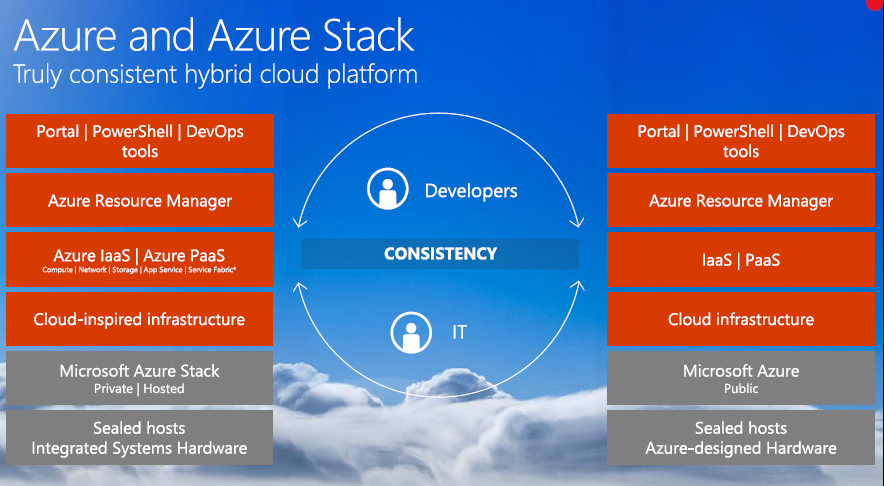
Figure 1 Source: Azure Global Boot Camp 2018
The Microsoft Azure Stack is an appliance built only for specific server vendor’s hardware and is distributed by those vendors to bring the Azure Cloud to organization’s on-premises data centers. Today, most of the major hardware vendors such as Dell, Lenovo, HP, Cisco, and Huawei support the Azure Stack with many more vendors getting approved regularly.

Figure 2 Source: Microsoft Azure Stack Vendors
Purpose of Azure Stack
Most modern-day organization’s mandatory cloud requirement is to deliver IT power, services, and resources that are flexible, highly scalable and at the same time extremely cost effective. Implementing such a cloud-adaptive environment requires a high start-up cost to implement which also brings many challenges. On the other hand, organizations that adopt the public cloud such as Azure or AWS to overcome these problems also face difficulties of migrating the workload seamlessly between the on-premises environment and the cloud.
In the past, organizations overcame such scenarios by creating a private cloud that connected to the public cloud, but these private clouds require local development, configuration, and maintenance of a complicated collection of software stacks. It makes the local data center much more complex not guaranteeing that the system’s local software stacks are compatible with the public and private clouds as well as accessing and managing the data.
Microsoft Azure Stack can be implemented to overcome these challenges. The Azure Stack platform seamlessly integrates with the Azure environment extending to the local data center. It provides the consistency required by developers to build and deploy a single application for both the public and private cloud without building separate applications for each platform.
The Microsoft Azure Stack compromises with a wide variety of Azure services that can be hosted on the on-premises data center such as Azure App Services, Azure Virtual Machines, Azure Functions, and also provides services like Azure Active Directory to manage Azure Stack Identities.
Azure Stack use cases
Azure Stack continuously fulfills a variety of roles. For example, businesses planning on next-generation application development require the availability of a service similar to a public cloud while being flexible enough to be tested on.
For Azure Stack use cases, Microsoft cites three primary scenarios:
Edge and disconnected solutions
Azure Stack allows the use of Azure cloud methods without an internet connection on remote and mobile locations that have unreliable network connectivity, for example, on ships and airplanes. Azure Stack customers can use of this hybrid cloud technology to make decisions for analytical purposes.
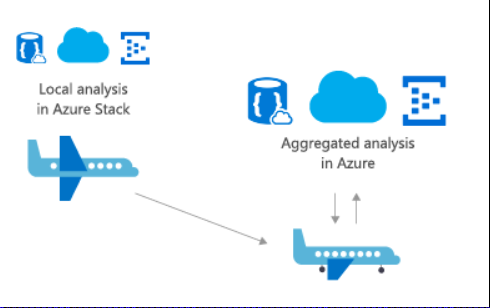
Figure 3 Source: Microsoft
Cloud applications that meet different regulatory requirements
This is one of the leading selling points of Azure Stack for organizations that understand the value and potential of cloud technology, but also need to meet regulatory and technical and non-technical concerns. Based on business requirements, they may want to host different instances of the same application on the public and private cloud using Azure Stack. Also, Azure Stack offers cloud benefits while hosting computing assets within the on-premises data centers.
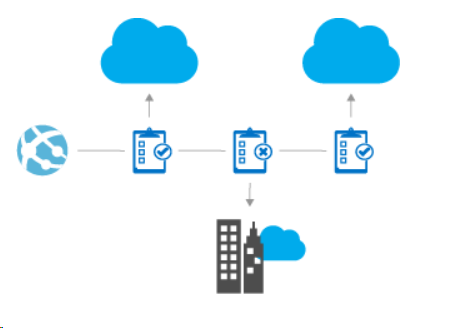
Figure 4 Source: Microsoft
Provide cloud application model to on-premises
Applications developed for the Azure Stack environment can be deployed to Azure easily when required to scale beyond the on-premises Azure Stack capabilities. Developers can design applications and workloads to run specific tasks locally before moving them to the public cloud gathering details on application performance and analytics. The DevOps process will effortlessly update and extend the business legacy applications with Azure Stack.
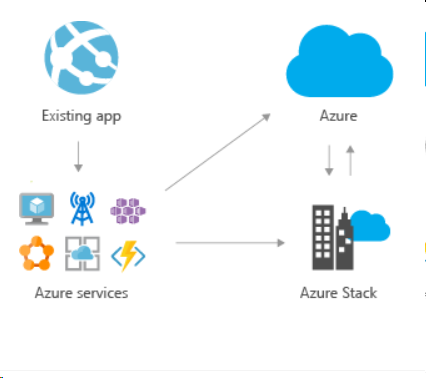
Figure 5 Source: Microsoft
Benefits of Azure Stack
Azure Stack along with Azure provides a variety of benefits such as:
Consistent Application Development
The application developers can maximize productivity as there is no need to develop separate applications for the public and private clouds since the same DevOps approach is followed for the hybrid cloud environment. This allows Azure Stack customers to
- Use powerful automation tools such as Azure PowerShell extensions
- Embrace modern open source tools and visual studio to make advanced intelligent business applications
- Rapidly build, deploy, and operate cloud designed applications that are portable and consistent among hybrid cloud environments.
- Program in any programming language like Java, Python, Node.js, PHP, and even use open source application platforms.
Azure Services for On-Premises
With Azure Services availability for on-premises, businesses can adopt hybrid cloud computing and meet the businesses’ technical requirements with the flexibility to choose the correct deployment that suits the business. These Azure services provide:
- Azure IaaS services beyond any traditional virtualizations, such as the use of VM scale sets that enables rapid deployments with flexible scaling sets to run modern and complex workloads.
- Azure PaaS services to run highly productive Azure app services and Azure functions in on-premises data centers.
- Common operational practices between Azure and Azure Stack, therefore, no additional skills are needed to use the Azure stack environment to easily deploy and operate Azure IaaS and PaaS services as they function on Azure.
- Build future-proof applications as Microsoft delivers innovative services to the Azure Stack like Azure Marketplace applications within the Azure Stack.
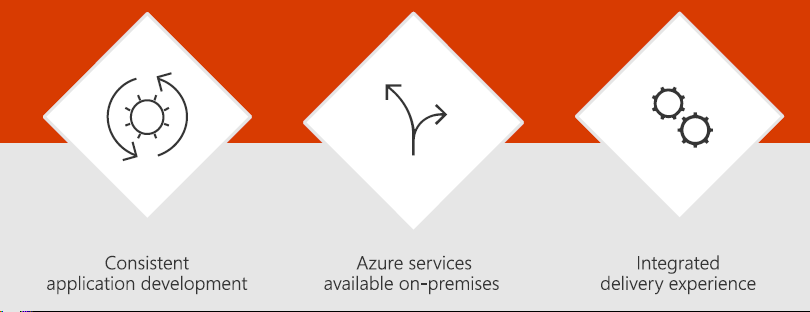
Figure 6 Source: Microsoft Azure Bootcamp 2018
Continuous Innovation
The Azure Stack is designed from the ground up to be consistent with Azure. The Azure Stack has frequent updates to the platform meaning that Microsoft prioritizes new features based on customer and business needs and delivers those requirements as soon as possible.
Updates
There are two types of updates for the Azure Stack;
- Azure Capabilities to Azure Stack – Updates are released as soon as they are ready and typically aren’t scheduled regularly. These include marketplace content and updates to existing Azure Services that are deployed on the Azure Stack
- Azure Stack Infrastructure – Updates are released at regular time intervals since these includes firmware, drivers, etc. The infrastructure updates are usually to improve the operational excellence of the Azure Stack.
Azure Stack Capabilities
The following table summarizes the Azure Stack functionality and is not limited to:
Azure IaaS ServicesAzure Virtual Machines Virtual machine Scale Sets Azure Storage Azure Networking Azure Key Vaul |
Azure PaaS ServicesAzure App Services Azure Functions Azure Container Service
|
Azure IdentityAzure Active Directory(AAD) Azure Directory Federation Services(ADFS) support
|
Azure Market PlaceMicrosoft SQL Server Blockchain Template Bitnami (Open source stacks such as WordPress) Kemp Technologies- WAP(Web application firewalls) Linux Windows Server Azure Docker |
DevOps ToolsVisual Studio PowerShell Azure CLI
|
Protection and RecoveryAzure Backup DPM (Data protection manager) Azure Site Recovery
|
